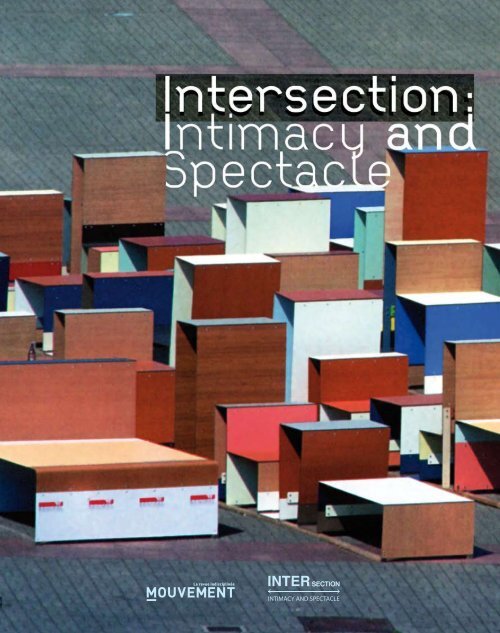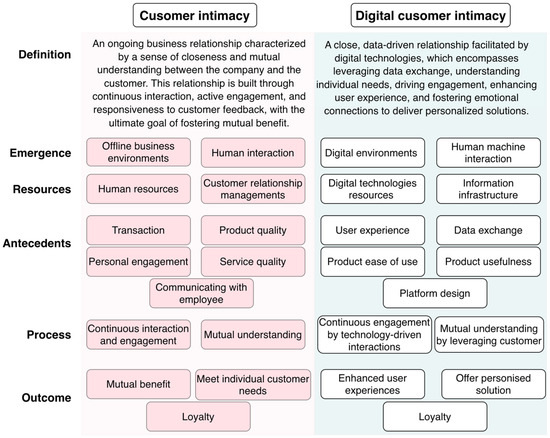
WEIGHT: 58 kg
Bust: C
One HOUR:100$
Overnight: +30$
Sex services: Naturism/Nudism, Fetish, Massage Thai, Fisting vaginal, Anal Play
During and afterwards, they discussed the exhibition and four of its sound installations. This resulted in the variety of perspectives published in this article. You can open the door and enter the room by clicking on the images of the sound installations. There, we — the editors — present our perspectives on the installations. Tip This page contains media that is intended to start playback automatically on opening.
This may include sound. Your browser is blocking automated playback. Please click here to start media. Jan Nieuwenhuis. I try to figure out where the sounds around me come from.

The interference of these different sounds gives me a keen ear. I wander around and remain listening for quite some time, but my direction is clear: there is one door leading to the sound art exposition. When I walk through the door, the sounds around me change immediately. Different sounds from different directions attempt to grasp my attention. In contrast to exhibits whose sound art is offered through headphones, these sounds glide through the museum, hover past each other and penetrate my ear, proposing me a direction, a way into the exposition.
In Dutch we call an exposition tentoonstelling. This term is widely used in the museum world, which, with few exceptions, predominantly emphasizes the visual. The noun tentoonstelling comes from the verb tentoonstellen , which is constructed out of two words: tonen and stellen.

The first means to show something, to display or to expose. Tonen is etymologically related to the Gothic ataugjan — which contains the German word for eye, auge — literally meaning to bring before the eyes. Thus we might think of a tentoonstelling as a museum space where something is put into place for the eye. In the context of my listening to the sound art exhibition in ZKM, however, this definition is highly unsatisfying: when re considering the word tentoonstelling as applied to this exhibition, an auditive aspect comes to the fore, one lost in its common museum culture usage, with its visual imperative.

































